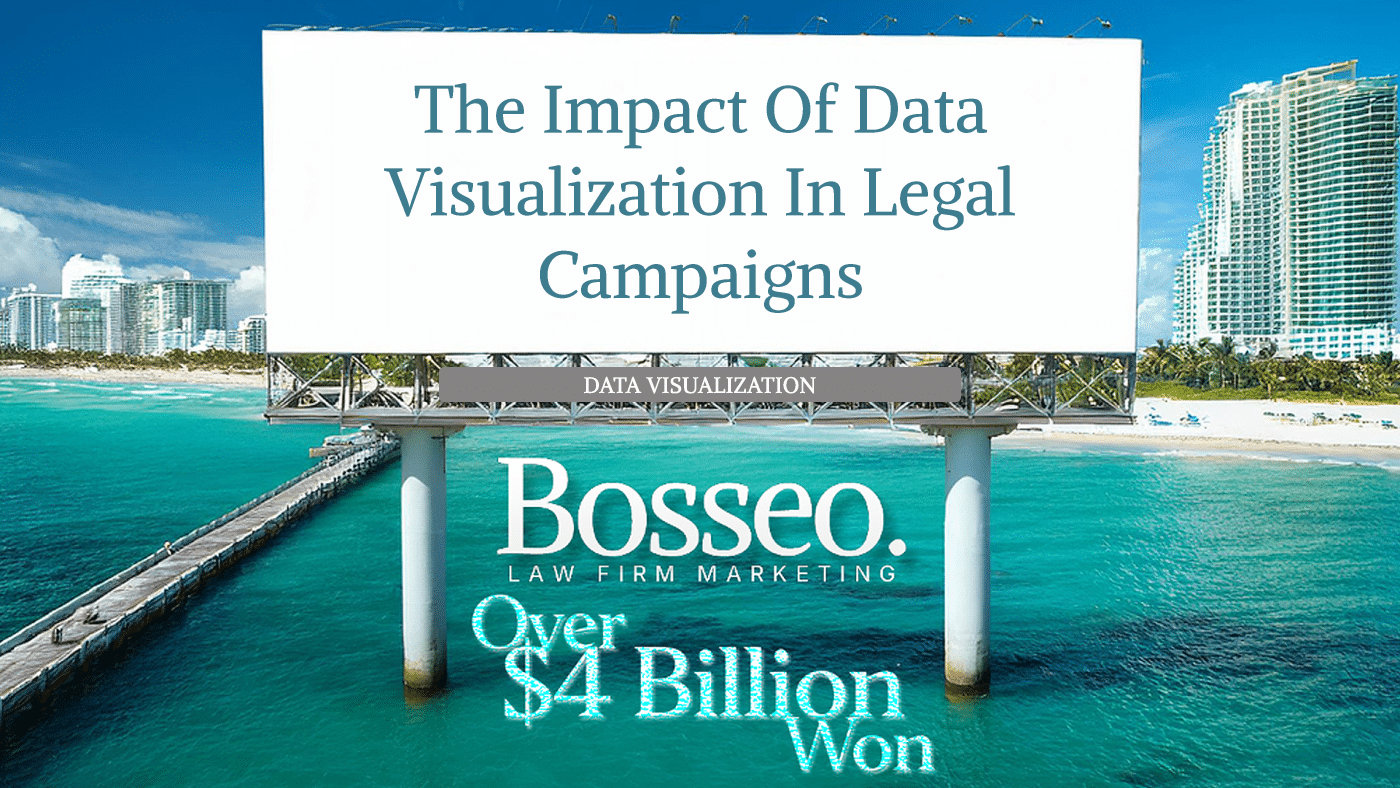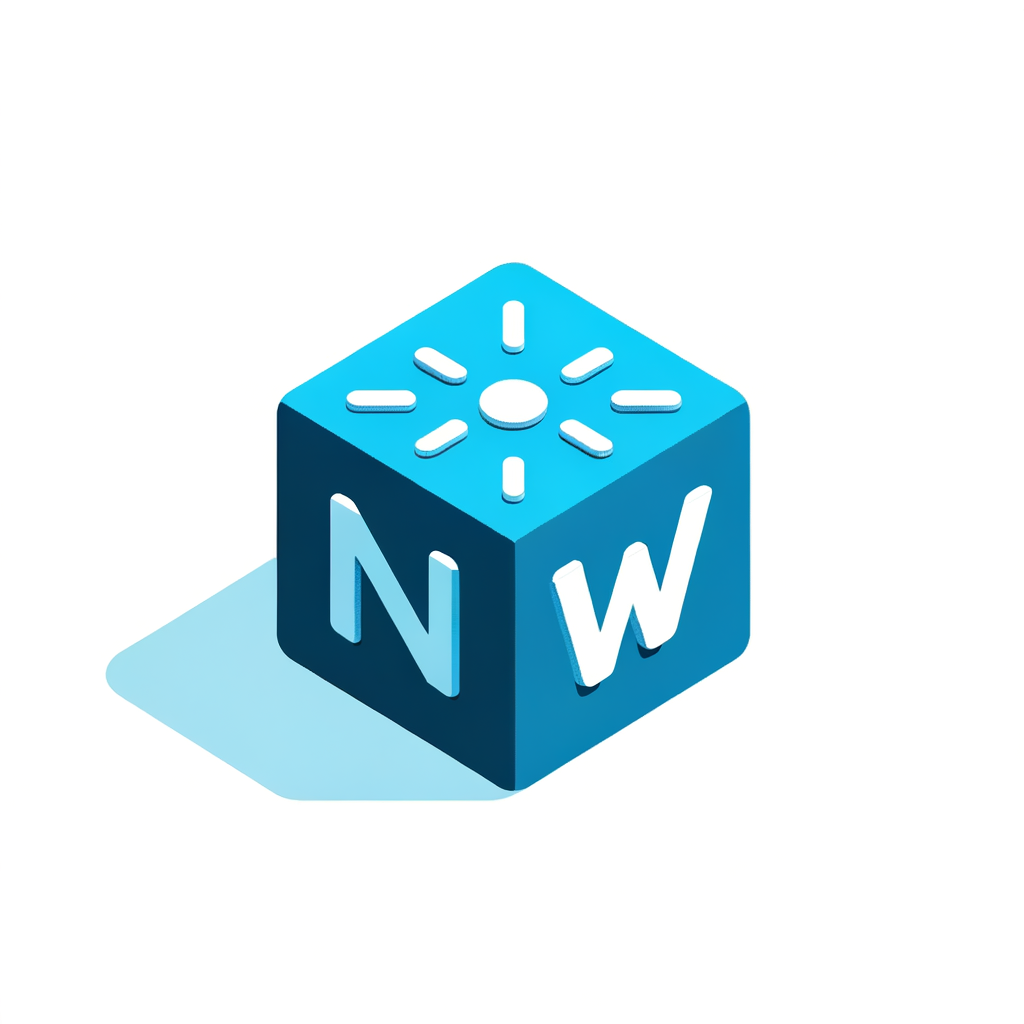## Unveiling the Power of Data Visualization in Legal Marketing Campaigns
In the meticulously strategic world of legal marketing, data visualization stands out as a transformative approach that reshapes how firms communicate complex information and gain insights. Legal campaigns, traditionally steeped in text-heavy documentation and regulated communications, are marrying data with visual representation to deliver messages more effectively, making them accessible and comprehensible. Data visualization not only brings clarity but also offers an engaging way to depict insights drawn from vast datasets. Law firms across the United States are now leveraging these visual tools to enhance campaign performance, making Bosseo, a top-tier law firm marketing company, an ideal partner in navigating this dynamic landscape. Understanding and implementing these tools within legal campaigns create an opportunity for law firms to distinguish themselves in an increasingly data-driven market.
## Understanding Data Visualization: A Legal Perspective
Data visualization is the graphical representation of data, turning numbers and analytics into visual objects like bars, graphs, charts, or maps. In the legal industry, where precision and clarity are paramount, these visual aids transform complex datasets into digestible information, supporting strategic decision-making and campaign development. Law firms can translate detailed statistical data and case-related insights into intuitive displays, emphasizing key points without overwhelming their audiences with verbatim and dense statistics. Data visualization not only simplifies information but also leads to enhanced narrative storytelling within legal contexts, strengthening arguments and appeals effortlessly.
Within the framework of legal campaigns, data visualization plays a crucial role in elucidating trends and patterns that may not be evident through traditional analysis. By presenting data visually, patterns such as case success rates, demographic distributions, or financial expenditures become more discernible, enabling marketers and legal professionals to tailor their strategies accordingly. It helps legal teams to quickly interpret complex information, thereby fostering more informed decisions and promoting transparency in their processes.
Additionally, effective data visualization contributes to the credibility and professionalism of legal presentations. When legal marketers utilize sophisticated, visually appealing data displays, they not only draw in their audience but also demonstrate authority and understanding of the data at hand. This bridges the gap between data accuracy and client comprehension, enhancing trust between legal professionals and potential clients—a key consideration when managing legal marketing campaigns.
## Significance of Data Visualization in Legal Campaigns
As the legal industry becomes more data-oriented, the inclusion of data visualization within campaigns becomes pivotal. This methodology not only enhances communication but provides unique ways to distinguish and recognize patterns across different legal facets, including case law analysis, client demographics, and financial projections. By showing rather than telling, law firms can heighten understanding among audiences who may not be well-versed in legal matters. When delivered effectively, data visualization democratizes information, empowering a wider audience to engage with the content.
Utilizing data visualization in legal marketing campaigns also assists in achieving more targeted outreach. Marketing campaigns need a fine balance between broad-reaching and narrowly targeted messaging. Data visualization enables this by breaking down complex legal information into visual content that strikes a balance between being extensively inclusive and specifically aimed. Legal marketers can thus contribute to more effective and inclusive campaign designs that promote deeper audience engagement.
Another aspect is the dynamic nature of data visualization; it can be tailored and adapted to fit various contexts and audiences. This flexibility is essential in today’s marketing environment where speed and adaptability are key drivers of success. Legal professionals and marketing teams can adjust visual presentations in response to real-time data feedback, ensuring they maintain relevance and continue driving optimal engagement throughout the lifecycle of a legal campaign.
## A Strategic Overview of Data Visualization’s Role in Legal Campaigns
Incorporating a structured approach towards data visualization in legal campaigns involves understanding its role within the broader marketing strategy. The primary context is within the communication strategy, where its importance lies in enhancing clarity and comprehension of legal jargon and complex case data. By aligning legal arguments or marketing statements with visual elements, law firms can create coherent narratives that resonate on cognitive and emotional levels, facilitating a deeper connection with their audiences.
Beyond communication, data visualization assists in strategic planning and performance tracking within legal campaigns. Data-driven insights, when visualized, allow for real-time adjustments to ongoing campaigns, ensuring resources are effectively allocated, and objectives are met. Legal campaign managers can visualize key performance indicators such as client conversion rates, engagement levels, or ROI, thus providing actionable insights and fostering a results-oriented approach.
Moreover, data visualization supports compliance and auditing processes by delivering transparency and integrity, critical to legal marketing. Through visual charts and infographic representations, compliance-related data can be easily interpreted, documented, and reviewed, maintaining the high standard of accountability required in the legal profession. This integration of visualization thus reinforces the ethical and professional standards that underpin legal marketing efforts.
## Exemplifying Data Visualization in Legal Settings
The theoretical applications of data visualization must be matched with practical examples to genuinely value its impact within the legal sector. A prevalent instance is the presentation of complex legal research or case histories through infographics. These visually engaging formats allow for the condensation of extensive case data into succinct, compelling narratives that highlight pivotal facts, trends, and outcomes pertinent to the audience—whether potential clients or juries.
Another practical example is the use of data visualization in client proposals and presentations. Law firms that adeptly incorporate interactive charts and graphs within their pitches often stand out for their professionalism and innovative approach. Interactive elements, such as website heatmaps or client demographic charts, speak directly to potential clients’ interests and demonstrate the firm’s analytical prowess and commitment to transparency and clarity.
Furthermore, legal analysts increasingly rely on data visualization tools to conduct risk assessments and litigation analytics. By visually mapping out metadata, attorneys can identify patterns and correlations that inform strategic decisions on case proceedings or settlements. This application of data visualization not only improves legal outcomes but also elevates the firm’s ability to proactively manage and anticipate legal challenges.
## Measures for Implementing Effective Data Visualization in Legal Campaigns
To leverage data visualization effectively, law firms should focus on several key steps. Begin by identifying the specific data that aligns with campaign objectives. Whether it’s statistical data from previous court cases or client feedback metrics, ensure that the selected data supports and enhances the campaign’s core message. This initial step of data sorting and selection is crucial to constructing a coherent, impactful visual narrative.
Once data is identified, select appropriate visualization tools and techniques that best suit the data type and audience. Choosing the right visualization format—whether it be graphs, scatter plots, or interactive panels—is essential in conveying the narrative without misrepresenting any information. It’s about balancing aesthetics with functionality, ensuring all visualizations are accessible and informative.
The iterative process of designing and refining data visuals cannot be overlooked. Engage in feedback loops with diverse stakeholders within the firm—marketers, attorneys, analysts—to refine the visuals based on clarity, accuracy, and engagement. These iterations ensure that the final product not only meets legal standards but also effectively communicates the intended message seamlessly to the target audience, warranting ongoing campaign success and improved client relations.
## Pitfalls to Avoid in Legal Data Visualization
While the benefits of using data visualization are substantial, law firms must also be aware of common missteps that can undermine their efforts. One major pitfall is overcomplicating the visual representation. Complex visuals can confuse rather than clarify, particularly if they involve unnecessary details or embellishments. It’s critical to maintain simplicity and focus on providing clear insights without overwhelming the audience with visual clutter.
Another common mistake firms should avoid is the misinterpretation of data through improper visualization. Choosing the wrong type of chart or mis-scaling axes can lead to misleading conclusions, which misrepresent the data’s true nature and can damage credibility. Thorough understanding and testing of visualization tools help mitigate these risks and ensure data integrity is maintained throughout the campaign.
Finally, neglecting the accessibility aspect of data visualization can limit its potential impact. Visuals must be designed with diverse audiences in mind, including those with visual impairments. Ensuring visuals are universally accessible will broaden the reach and acceptance of the campaign’s message. Law firms that embrace inclusivity in their visual communication offer equitable experiences, enhancing client trust and satisfaction.
## Recognizing When to Engage a Legal Marketing Firm
There are critical moments when leveraging the skills of law firm marketing companies becomes advantageous. These instances typically arise when law firms face complex datasets that require sophisticated visualization techniques beyond their internal capabilities. Engaging specialized marketing services ensures that data is handled and presented in a manner that maximizes impact and clarity.
Moreover, when a firm seeks to revitalize its marketing strategies to remain competitive, marketing professionals offer fresh perspectives and innovative solutions not immediately apparent within the firm. Their ability to craft compelling narratives using data visualization ensures that a firm’s campaigns resonate well with target audiences, driving higher engagement and conversions.
Additionally, during periods of rapid change or expansion, law firms can benefit from the scalability and agility of a marketing company. Firms like Bosseo deliver strategic direction and support, aligning data visualization efforts with broader business goals, providing continuity and momentum even in times of transition. Their collaborative approach offers law firms the tools necessary to navigate complexities while optimizing their marketing initiatives.
## The Advantages of Partnering with a Legal Marketing Agency
Hiring a law firm marketing company can provide numerous advantages, particularly in integrating data visualization tools into legal campaigns. These specialized companies have a deep understanding of the legal market, equipping them with the capability to create targeted visual content that aligns with a firm’s unique goals, audience demographics, and legal specialties. Such tailored marketing efforts help to distinguish a firm’s brand in a crowded market.
Additionally, marketing agencies provide access to advanced tools and technologies that may not be feasible for firms to acquire independently. This access allows for the creation of high-quality visual content that utilizes the latest advancements in data visualization, delivering captivating narratives that engage and inform potential clients while ensuring adherence to legal guidelines and standards.
Furthermore, collaborating with a marketing company enables law firms to focus on their core legal services while entrusting the strategic and creative aspects of marketing to experienced professionals. This partnership nurtures an environment of trust and collaboration, fostering innovative solutions that drive the firm’s marketing efforts forward, effectively balancing expertise, creativity, and technical acumen.
## How Bosseo Enhances Legal Marketing Through Data Visualization
Bosseo stands as a paragon in law firm marketing, skillfully harnessing data visualization to elevate legal campaigns across the U.S. Dedicated to providing bespoke marketing solutions, Bosseo understands the intricacies of the legal industry and applies cutting-edge visualization techniques to transform complex data into clear, compelling visual narratives. Their ability to seamlessly integrate these visuals within broader marketing strategies illustrates an unmatched commitment to the success of their law firm clients.
At Bosseo, collaboration with clients is more than a transaction, it’s a strategic partnership designed to innovate and inspire. They emphasize a deep understanding of a firm’s goals and objectives, ensuring their marketing efforts are aligned and customized. This alignment allows Bosseo to craft data stories that capture attention and effectively communicate the firm’s unique value proposition to potential clients.
Furthermore, Bosseo’s proficiency with various data visualization tools and platforms provides a competitive edge to law firms aiming to distinguish themselves in a saturated market. Their ongoing commitment to staying ahead of visualization trends ensures that clients receive the most cutting-edge solutions, reinforcing Bosseo’s reputation as the premier choice for law firms looking to leverage data visualization to boost their marketing campaigns and achieve sustained growth.






